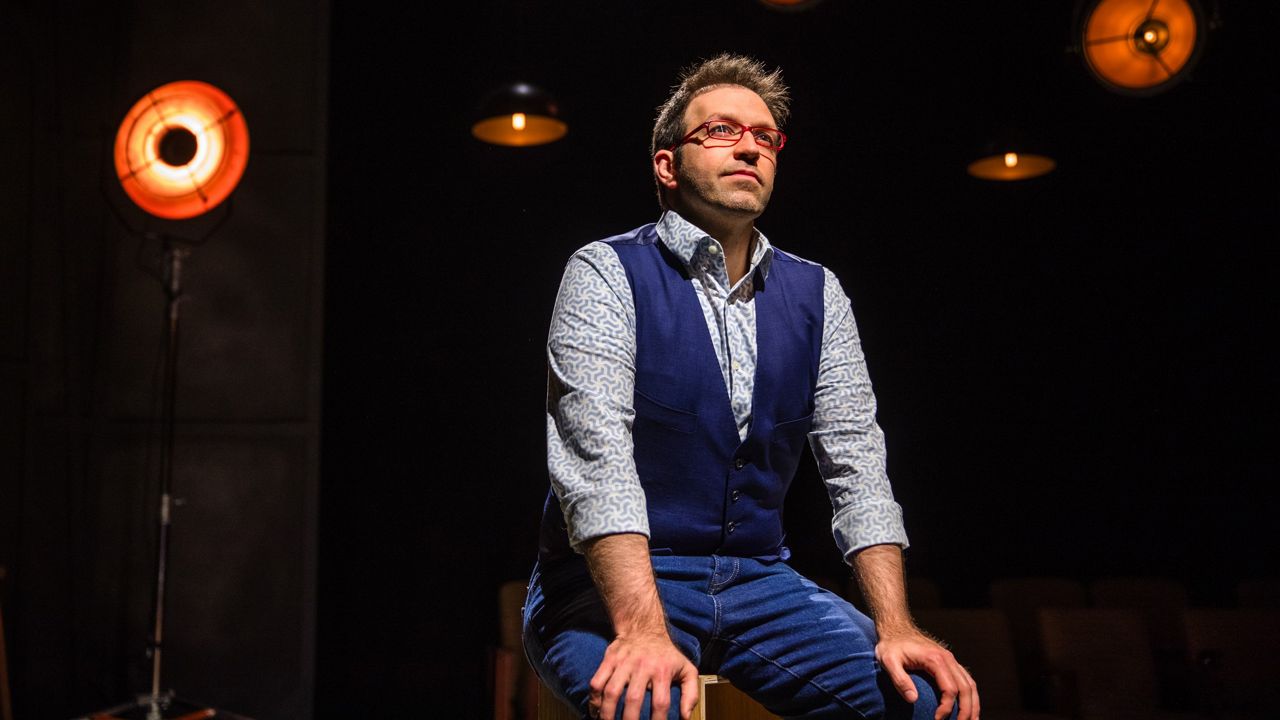Entertainment
Geffen Playhouse presents ‘The Hope Theory’ in Spanish for select performances

LOS ANGELES, Calif. — Ask Helder Guimarães about his title, and he will shuffle through a few options.
“I have no idea. That’s a good question!” he laughed. “Author. Storyteller. Magician.”
The answer is all of the above.
His shows are not simply magic acts, although they are truly magical. What casts the spell is his narrative, and in “The Hope Theory,” he tells a story of immigration.
It’s his story of moving to Los Angeles from Portugal. But he says it’s one experienced by many people arriving in a new place.
“How to belong,” Guimarães explained, “and how to…be part of a society that is not necessarily yours to begin with.”
The play is Guimarães’ fifth collaboration with the Geffen Playhouse, having previously done two live and two online shows during the pandemic shutdown.
Still, it’s the first time he will perform a handful of the shows entirely in Spanish. It’s an idea the trilingual artist has been toying with for a while, and this seemed like the perfect story to give it a try.
Although the content is the same — translated word for word — he expects the experience will be different.
“It’s different to talk about this to Americans than it is to talk about this to foreigners that probably lived through similar situations that I did,” Guimarães said.
Artistic Director Tarell Alvin McCraney said when Guimarães proposed the idea, they immediately said yes.
“A lot of what we try to do is follow…the artistic lead of the artist in our space,” he explained. “When there are artists who have impulses to reach their widest audience possible, you follow that artist. You listen to their instinct.”
In this case, that instinct aligns perfectly with the Geffen’s current mindset.
McCraney said the theater is actively looking for ways to open its doors as widely as possible, so this idea for Spanish-language performances came as both an opportunity and a challenge.
“We’d never done it before,” he said, “so it took us a moment to figure out how we can do it, how to calibrate our space for it, how to make sure that folks who Spanish might be the only language that they speak have accessibility to the performance. And it’s been amazing.”
It’s also been far more complicated than just “Presto Chango! The show’s in Spanish!”
Executive director and CEO Gil Cates Jr. wants to ensure that Spanish-speaking patrons feel welcome and have a seamless experience from the moment they purchase their tickets. “La teoría de la Esperanza” isn’t just performed in Spanish; it’s run in Spanish, which required additional crew members. There will also be Spanish-speaking employees at the box office and inside the theater.
“We made trailers in Spanish,” Cates said enthusiastically. “Our artwork. Even our Playbill. It’s kind of fun. If you open the Playbill for ‘The Hope Theory,’ the first part is all in English, and then you get to a second part, and it’s like the cover of a Playbill again, but in Spanish.”
“I’ve never seen that. And so I think that’s really cool,” he added.
(Spectrum News/ Tara Lynn Wagner)
Guimarães agrees.
“Oh that’s awesome,” he said as he flipped through the Playbill for the first time. “I didn’t know that they had translated all of it.”
Over the years, the artist has become an ambassador for the Geffen. His popular Geffen Stayhouse live-streamed productions garnered a worldwide audience in 44 countries.
“Helder is always thinking outside the box,” Cates said. “[He has] opened up some new worlds and new ways for us to tell stories and how to do them and the kind of audiences that we want to reach.”
Guimarães firmly believes that art should bring worlds together, including different cultures and those who speak different languages. He admits that this type of dual-language production won’t always be feasible, but when the opportunity presents itself, he hopes other theaters will give it a try.
“A lot of what constitutes America is not necessarily what is only born here,” Guimarães explained, “and I feel that this is a way to also celebrate that diversity.”
This is a brand new venture, and one the Geffen team hopes will prove a winning hand.










